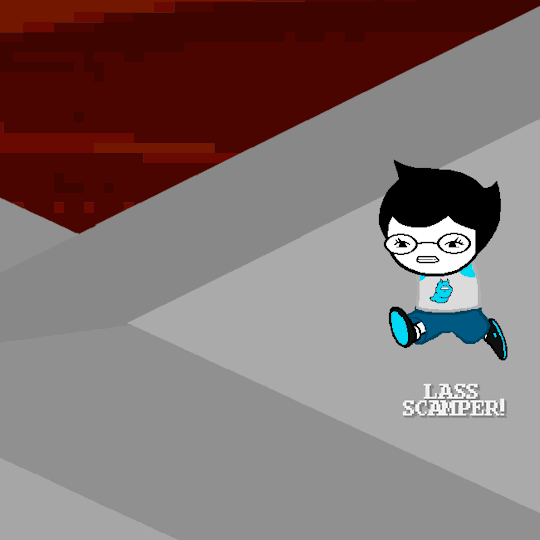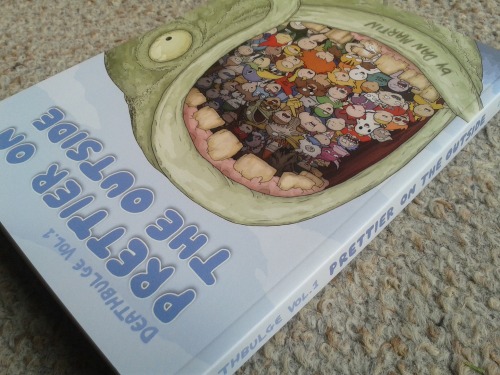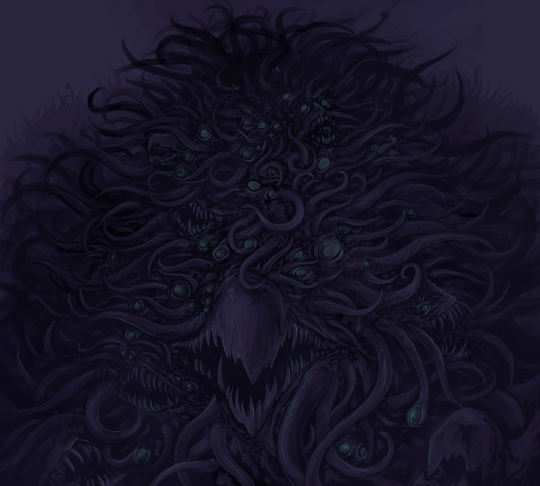Beauty in Simplicity
See, when it comes to Pokémon, I've always liked the most simplistic ones, be it Lotad, Luvdisc, or Ditto. There is elegance in being able to create something iconic with only a few lines. You can draw a Voltorb with ten strokes of a pen (assuming the circle and semi-circle are one stroke each), eight of which are needed to draw its eyes. This is brilliant to me: the eyes are the most vital part of a face, and the pointy-ness of them contrasts beautifully with the Voltorb's otherwise round shape. Rather than shaping the eyes like realistic eyes or like simple circles, Game Freak designed the eyes themselves as though they were angry eyebrows, and it works incredibly well.
Perhaps even more beautiful is how they drew something that abstractly resembles a mouth with only one stroke, without making Voltorb look like a Canadian from South Park. Splitting the body up in two parts, while always showing Voltorb from an interesting angle, makes you instantly aware of how Voltorb looks in a 3D environment.
Mimics and Pokéballs
I've always had a fascination for the Mimic, the classic Dungeons & Dragons monster that made its way in every role-playing game imaginable. There is something incredibly interesting to me when a living creature (perhaps a magical one) disguises itself as a man-made object in order to surprise adventurers. The concept alone creates a lot of questions: where did this thing come from? Why does it disguise itself like this? Is this thing a natural result of evolution, or did some wizard make this thing?
Voltorb is a battery. It has a positive pole and a negative pole, and each as a unique color: one is red and the other is white. This makes Voltorb look a lot like a Pokéball. Did Voltorb make itself look like a Pokéball? Or were Pokéballs designed to look like Voltorb?
I'm fine when people criticize Pokémon like Klefki or Seel for looking like household objects or common animals. I never liked Seel either. But Voltorb absolutely fascinates me, because a Pokéball doesn't exist in our world. Game Freak's staff must have looked at their game and thought "how can we make a Mimic-creature if we don't have traditional chests?" And well, I really love the answer they came up with!
Final Thoughts
Now, there are some other criticisms one can throw at Voltorb. For example, Electrode looks way too much like Voltorb. However, I don't think you can criticize a Pokémon because its evolution is too similar. I personally really dislike Rapidash because it's pretty much just a bigger Ponita with a horn, but I really love Ponita because it is a horse that is on fire. How cool is that? Similarly, I don't care too much for Electrode, but Voltorb is just amazing.
An interesting aspect of both Voltorb and Electrode is their mode of locomotion. One of the reasons I like Voltorb overlaps with the reason why I like Spoink: they don't just walk on two or four legs, or float or fly or levitate. No, they move around a completely unique manner - rolling, in the case of Voltorb. I love this because it's not something that exists in nature (safe for some desert salamanders that roll down hills at times). I am always curious how this way of moving around works, and it really touches on my imagination.
Self-destruct - Voltorb's signature move - is such an interesting attack! I mean, Voltorb is completely designed around it, and what creature literally blows itself up as a means of defense? It's fascinating. Yet another thing I'd like to bring up is that Voltorb's blue shiny form is beautiful.
Seriously, though: if you want to know what good design is, look at Voltorb. The first generation of Pokémon generally just has a lot of good designs in there, because of how simple many of them are. Voltorb may not be a Mimikyu, but I love the little fellow regardless.


.png)

.png)












